What most people think of when they hear the name Naritasan is Shinshoji Temple and the approach to it.
Naritasan Park, located at the back of the great main hall of Naritasan Shinshoji Temple, is not outdone by either of these.
Incredibly, the park grounds boast an area 3.5 times that of Tokyo Dome, and here we will be introducing walks around it.
Walking Spots at the Back of Naritasan Shinshoji Temple's Great Main Hall
The general image of how most people visit the temple involves walking through the bustling temple approach that begins at Narita Station and finishes with visiting Shinshoji Temple.
Have you ever been to visit the vast part that stretches out beyond the temple?
It is here that you can truly feel the four seasons and history of Japan, with the vast area providing a sense of healing to those who visit.
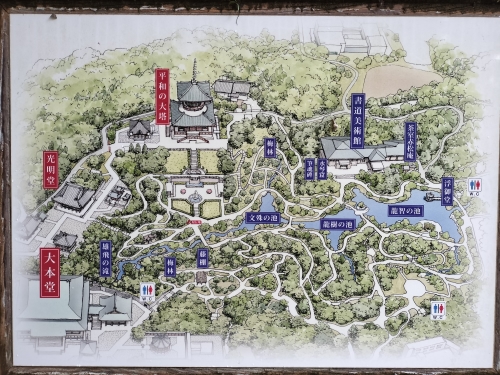
The area of the park ground stretches to around 165000m².
This is big enough to fit Tokyo Dome in it 3.5 times over.
With a space this big, many people would find themselves wondering where they should walk and in which order.
So, here we’ll be introducing some recommended routes for first-timers to Naritasan Park.
Naritasan Park is open 24 hours a day, and it’s free!
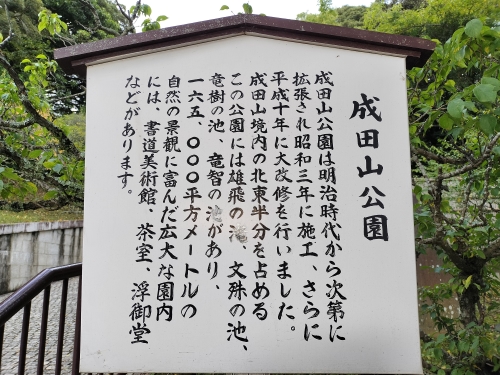
Let’s start with some basic information.
Naritasan Park was landscaped in the Meiji Era. It is a spacious park with plenty to see, such as a waterfall, pond, seasonal flowers, and stone monuments with haiku poems on.
Despite the sheer size of the park and the volume of things to see, you can enter and walk around the park for free.
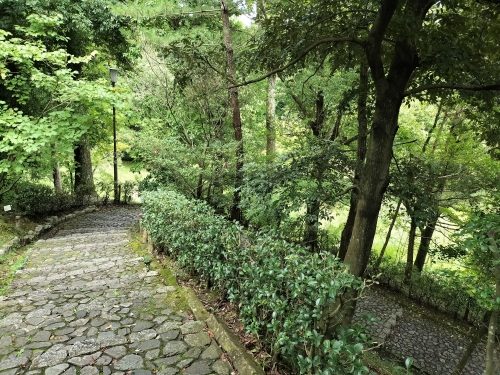
In addition, it’s open 24 hours a day, so you can enjoy the park regardless of the time of the day.
However, there aren’t any lamps or lighting at night and it gets very dark, so we would not recommend walking through after dark.
About the Equipment
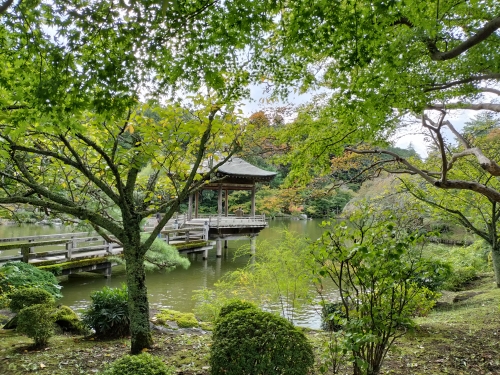
In contrast to the grand nature of Shinshoji Temple, there is an abundance of nature throughout the park, bringing with it a calming atmosphere that envelopes visitors.
As the area is surrounded by nature, there can be an especially large number of insects, so if you are worried about getting bitten, it’s best to prepare items such as insect repellent beforehand.
Some parts of the park also have stairs, hills, and places with bad footing where there are many ups and downs, so it is not very well suited to those who suffer from bad legs or a bad back, those in wheelchairs, or those with baby strollers.
When walking in the park, it’s best to wear shoes that are easy to walk in. It is also colder in Narita than it is in Tokyo, so it is a good idea to bring a jacket or extra layer to wear.
Plum Blossom Festival and Colored Leaves Festival
Naritasan Park shows a different side of itself with each season, but the Plum Blossom Festival in spring and Colored Leaves Festival in autumn are perhaps the best times of the year to visit and view the scenery.
The Plum Blossom Festival takes place for a few weeks every year from mid February to early March, with the part bosting several hundred red and white blossoming trees during this period. Events such as concerts are also held on weekends during the festival period.
The Colored Leaves Festival is held for a few weeks every year from mid November to early December and features hundreds of autumn plants with colored leaves to enjoy. Events such as concerts and tea ceremonies are also held on weekends during the festival period.
For details on each of the festivals and their dates, please see here.
Both events see a bustling atmosphere with numerous visitors.
Walking Around Naritasan Park
Here we will introduce a recommended route for walking around the park for first-timers to Naritasan who aren’t sure where to go due to the park being so spacious.
There are so many places to see and a wide variety of routes to try. Visitors can use the recommended spots below as milestones as they make a trip around the park, allowing them to walk around efficiently and enjoy the scenery.
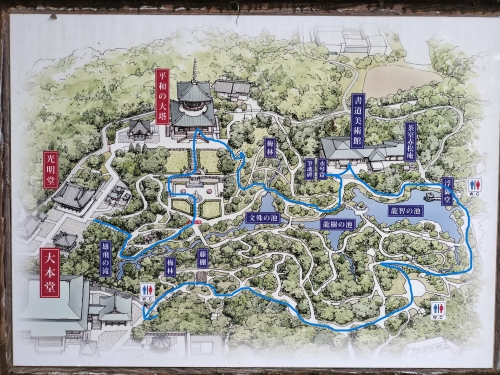
The recommended route is highlighted above with a blue line. Please use as reference.
Entrance
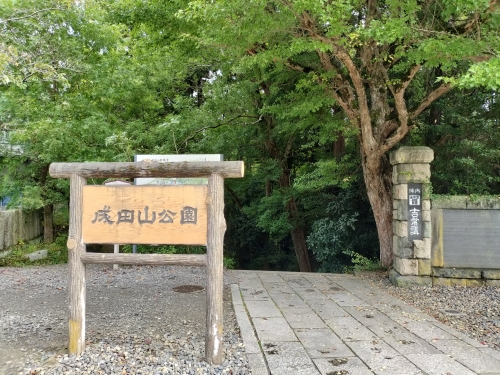
Firstly is the entrance. The easiest to find is the entrance to the side of Shinshoji Temple’s Great Main Hall, however, the entrance located behind it is the one that we recommend the most.
By entering the park from here, you can visit the sights most efficiently.
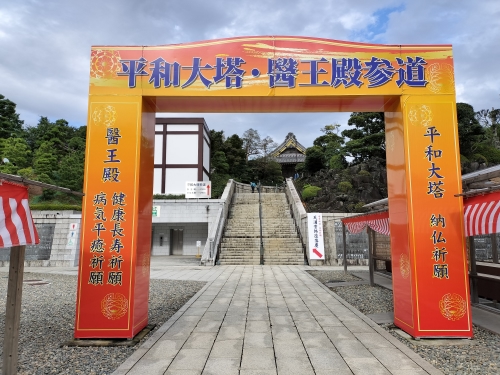
Located on the left at the back of the Great Main Hall, at the top of these stairs that lead up to the Peace Tower, there is an entrance to Naritasan Park.
Yuhi Falls
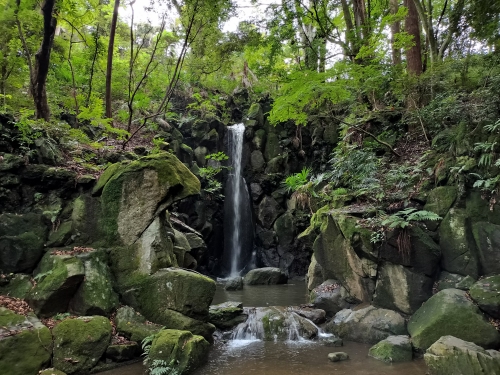
You can hear the loud sound of crashing water from near the entrance. Walking down the stairs while immersing yourself in the surrounding nature such as the mountain stream that can be faintly heard and the cries of the insects and birds, Yuhi Falls will come into view on the right-hand side.
This waterfall is a replica of one of the same name located in Nasushiobara City, Tochigi Prefecture.
There are stone steps at the bottom which can be used to get up close to the waterfall and consume the negative ions in the air.
Western-style Garden and Fountain
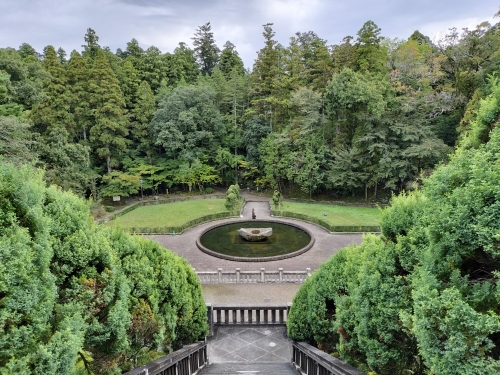
The next destination after Yuhi Falls is the western-style garden and fountain.
There are flowers and benches surrounding the fountain in the center. This is a good place to have a short rest and relax.
Concerts during the Plum Blossom Festival are held here.
Peace Tower
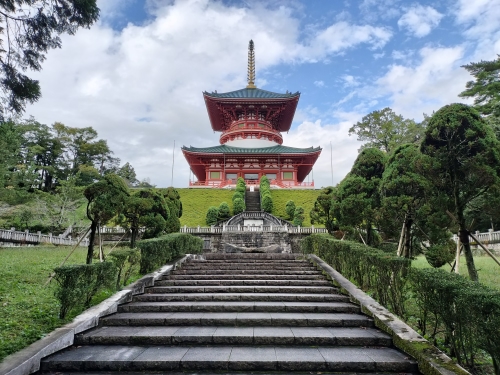
Peace Tower can be seen right above the western-style garden.
On the 2nd floor of this tower, you can pray to the powerful statue of Acala. The statue can, of course, be seen from outside, but it is recommended that you go into the entrance of the tower on the 1st floor and go upstairs to see the statue of Acala up-close and pray to it.
In addition, there are exhibitions about the history of the Ichikawa family and kabuki, as well a mandala donated by the Dalai Lama that you can view.
Three Ponds
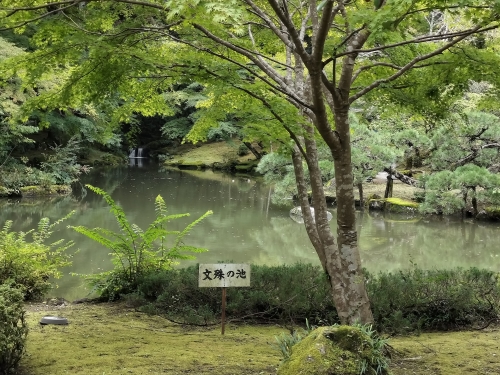
In Naritasan Park, there are three ponds named after Buddhist saints.
Going along the recommended route, you will arrive at Monju Pond. Follow the outside of the point to proceed to the next destination on your route.
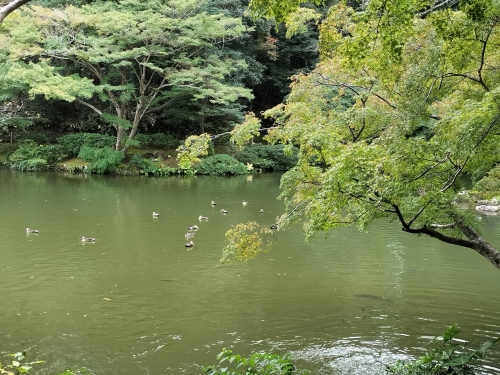
In Naritasan Park, there are three ponds named after Buddhist saints.
Going along the recommended route, you will arrive at Monju Pond. Follow the outside of the point to proceed to the next destination on your route.
Museum of Calligraphy
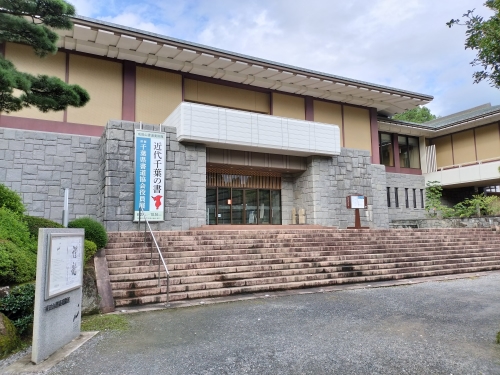
While Naritasan Park itself is free, the Museum of Calligraphy has an entrance fee.
It is open from 9am to 4pm, with entry 500 Yen for adults and 300 Yen for high school and university students. The museum is closed on Mondays.
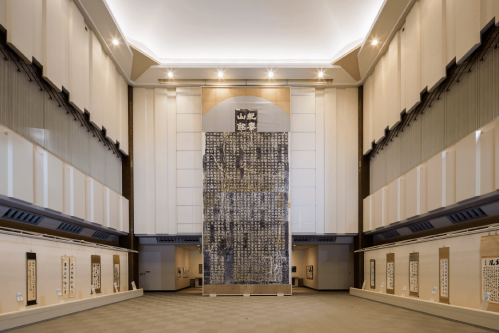
photo by Naritasan Museum of Calligraphy
In addition to the permanent exhibits, there are exhibitions that are regularly held.
It is worth entering the museum just to see the magnificnent sight of the huge wall plaque with ink rubbings in the 13m-tall central hall.
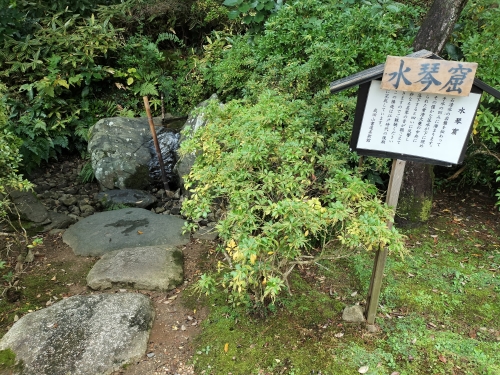
To the side of the Museum of Calligraphy, you will find a buried earthen jar that makes sounds when water drops into it.
Put your ear near the bamboo tube and enjoy the refreshingly cool sounds.
Ukimido Hall
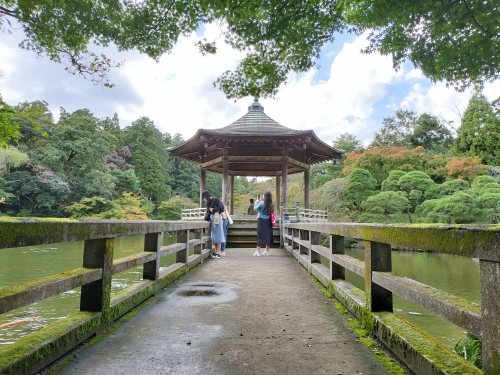
Ukimido Hall is perhaps the most symbolic location in Naritasan Park.
Located in Ryuchi Pond, concerts during the Colored Leaves Festival are held here.
It is famous as a good photo spot as you can take a pohot of both this atmospheric structure and the seasonal flowers together in one.
Spacious Rest Area
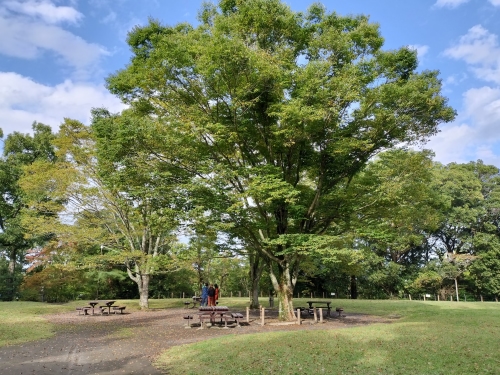
This open area is located just up the hill from Ryuchi Pond where Ukimido Hall is located (on the map, it is the round space just up and left of the toilets in the bottom right).
The area is encompassed by a variety of types of plants and, when in season, is home to excellent scenery.
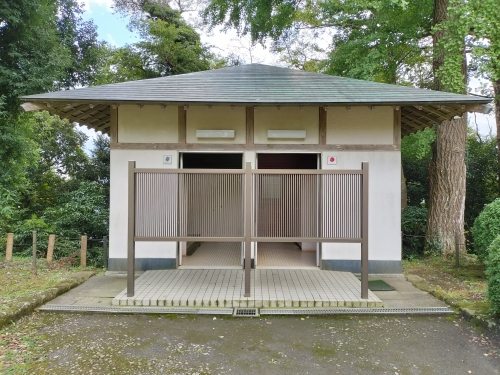
This area is good to take a short break as there are both toilets and chairs to rest on.
Stone Monument Area
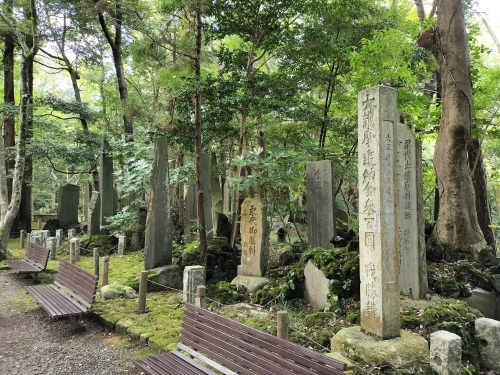
Walking towards the exit, you will find stone monuments on both sides of the path.
In addition to those made for people who made donations to the park, there are ones with haiku poems on from notable figures such as Kyoshi Takahama and Matsuo Basho.
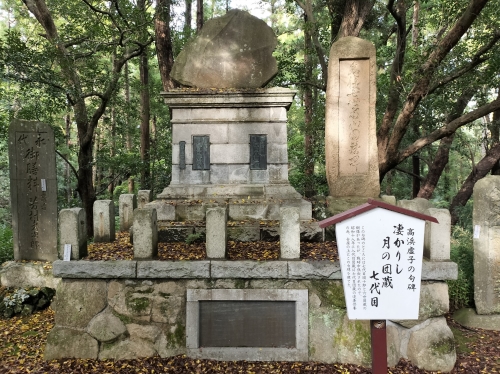
Due to deterioration over time, some of the stone monuments are harder to read, but imagining the historical backdrop and emotions of the writers at the time as you make your way along the path is another way to enjoy this area.
For Dates, Family, or Friends
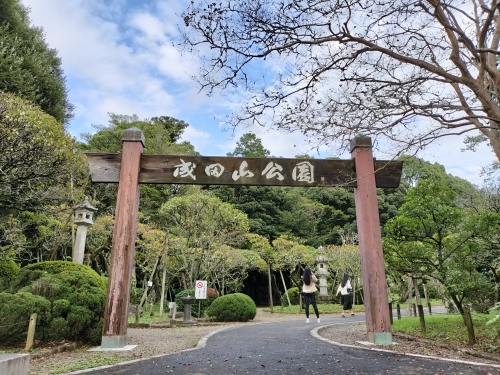
Naritasan Park is a park home to abundant nature, cultural assets, numerous photogenic spots, and a variety of event facilities, There are so many things to enjoy here.
It truly is a park for everyone, regardless of gender or age. Please come and visit; you won’t be disappointed whether you visit on a date, with your family, or with friends!



